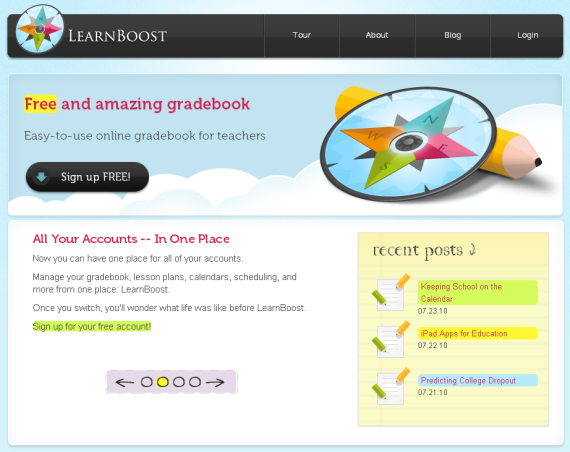I have been really impressed by Facebook Places - which I think has done a terrific job simplifying a rather complex product and making it usable / productive for a massive audience (which in turn complicates simplicity). If I could change one component of the product - and I really only have one suggestion - it would be to add photographs. Four reasons why:
1. I believe that images are becoming integral pieces of explaining location / local activity. Checking in at a restaurant, theme park, ballgame, etc are all well described by time, title & description and photograph.
2. GPS & photographs are tightly related on the mobile device. Putting them together in the Places product could still be done simply and comfortably.
3. The lack of integration makes me frequently choose between posting a newsfeed photograph and describe location via the description... OR forgo an image and post via Places.
4. Finally, if Facebook Places is to ultimately also become a directory of businesses, reviews, etc - photographs must be tightly integrated.
Check in or post a photo? Why not both...?
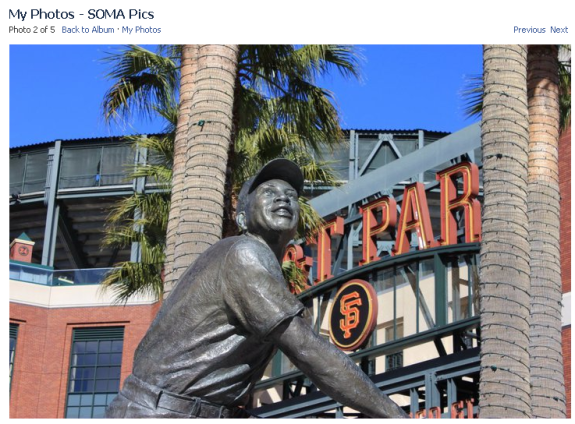


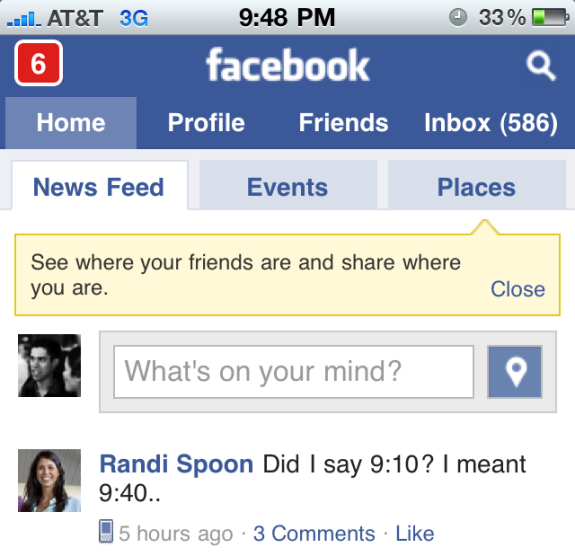
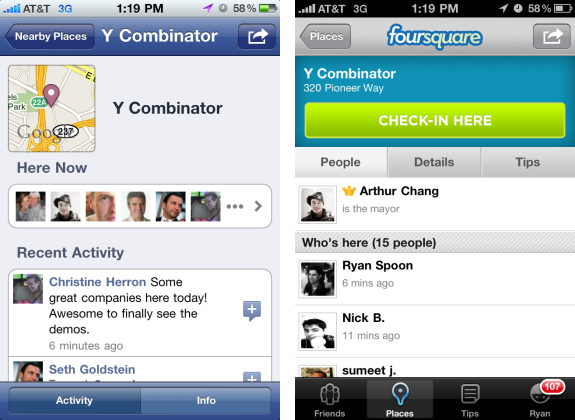
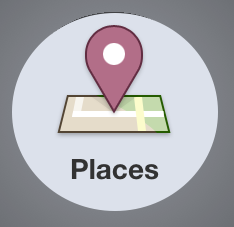
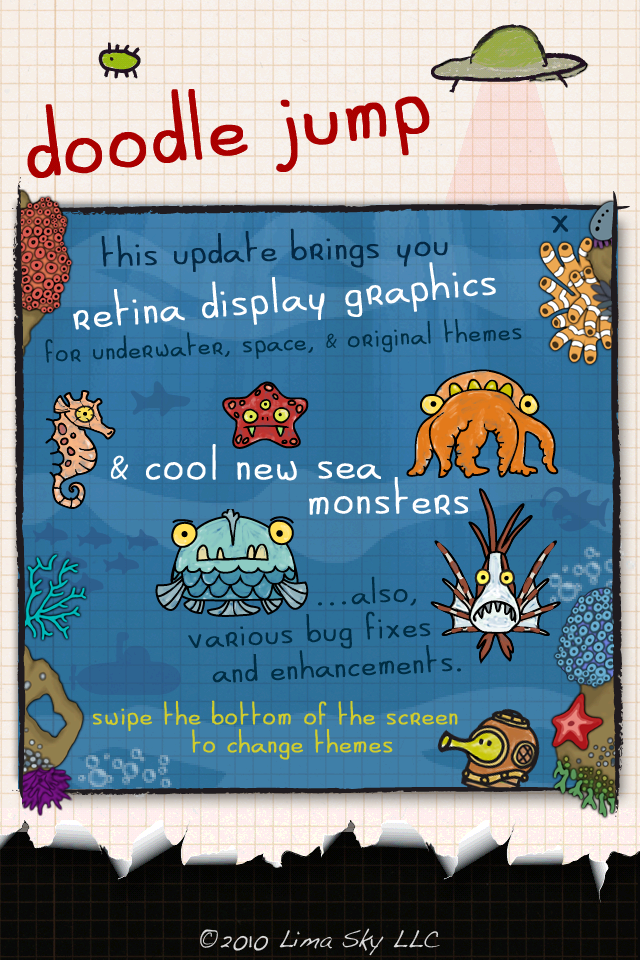

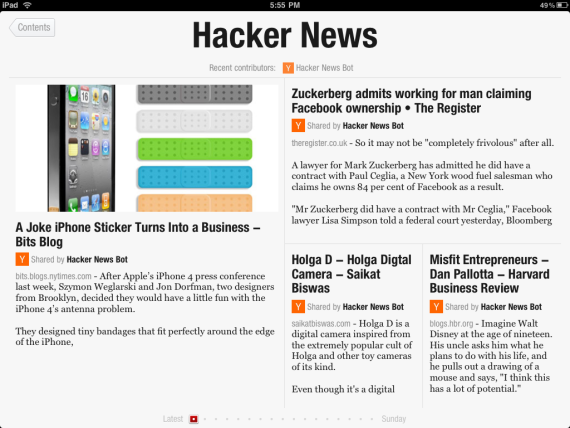
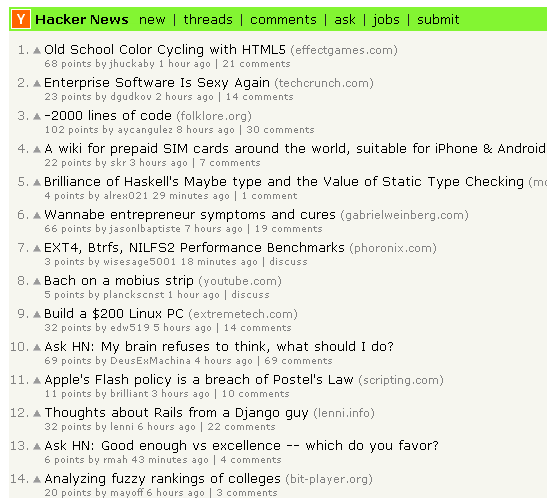 .
.